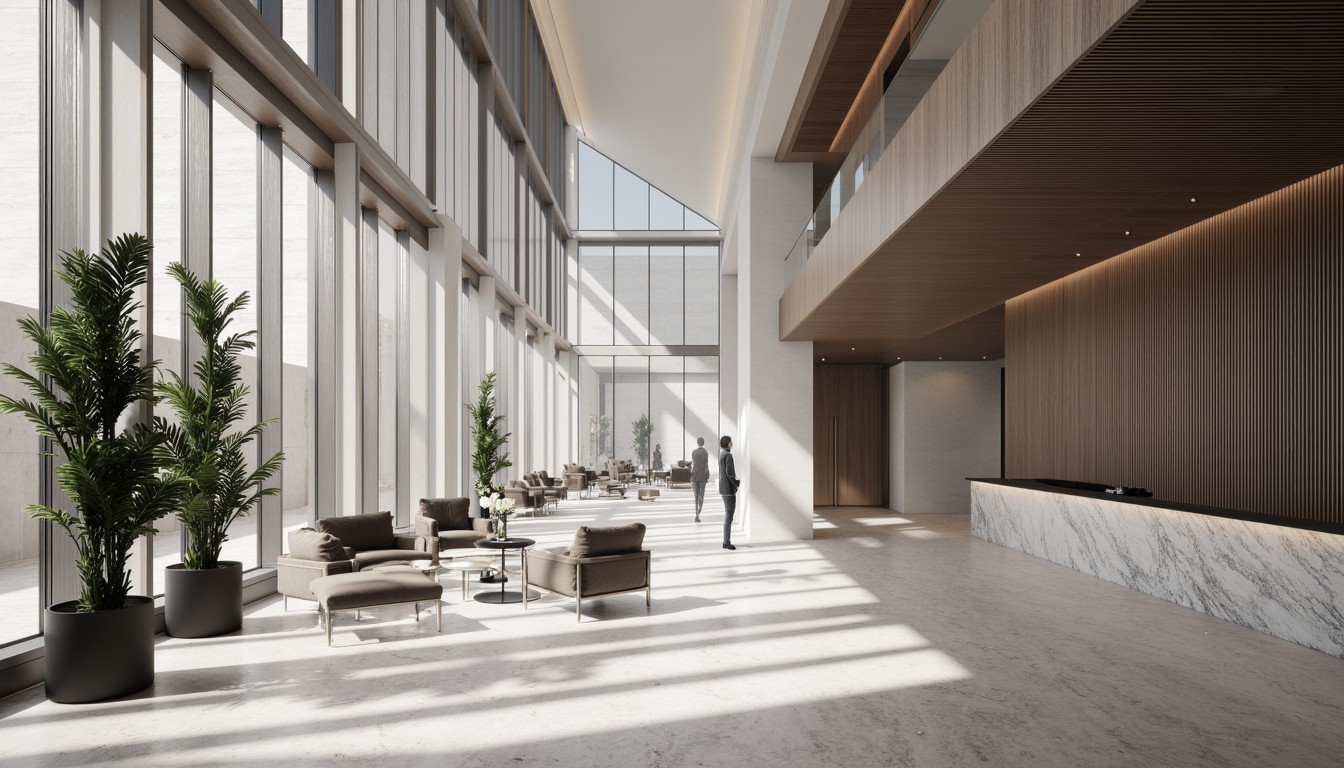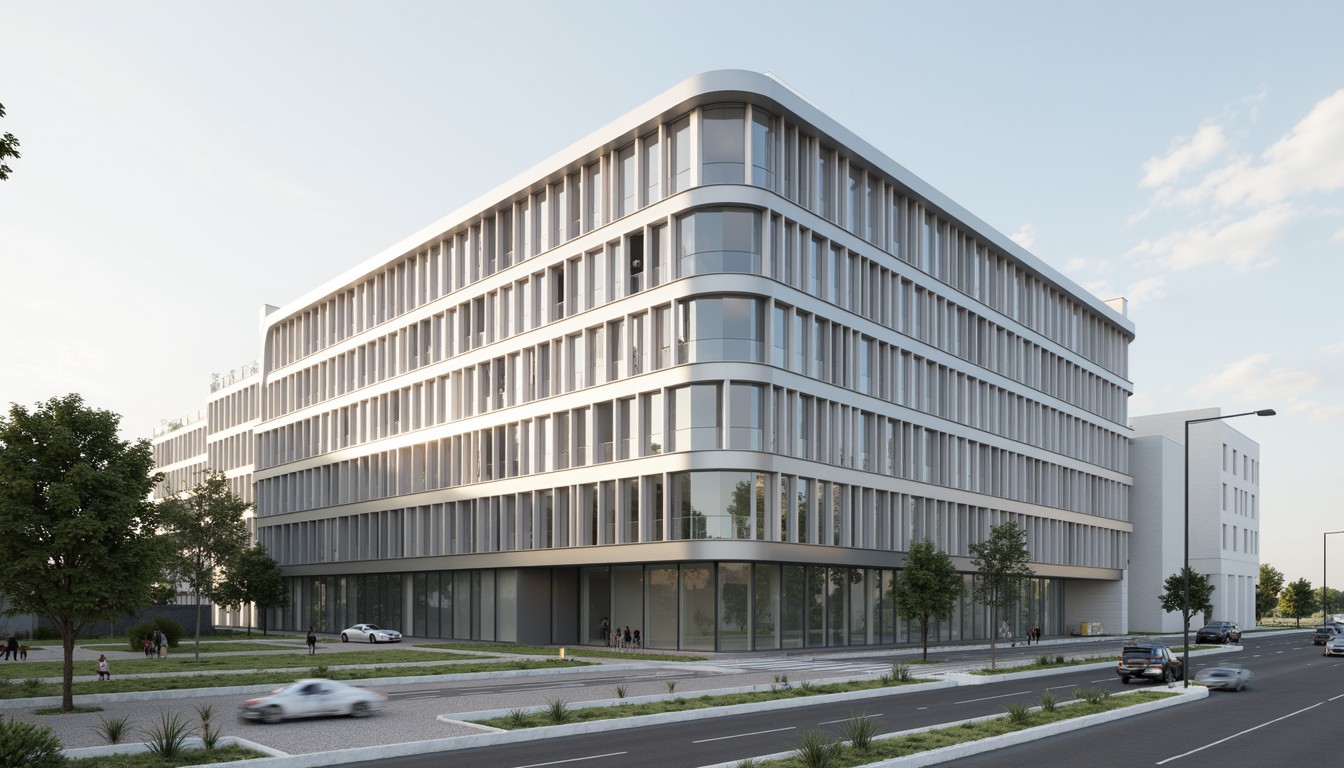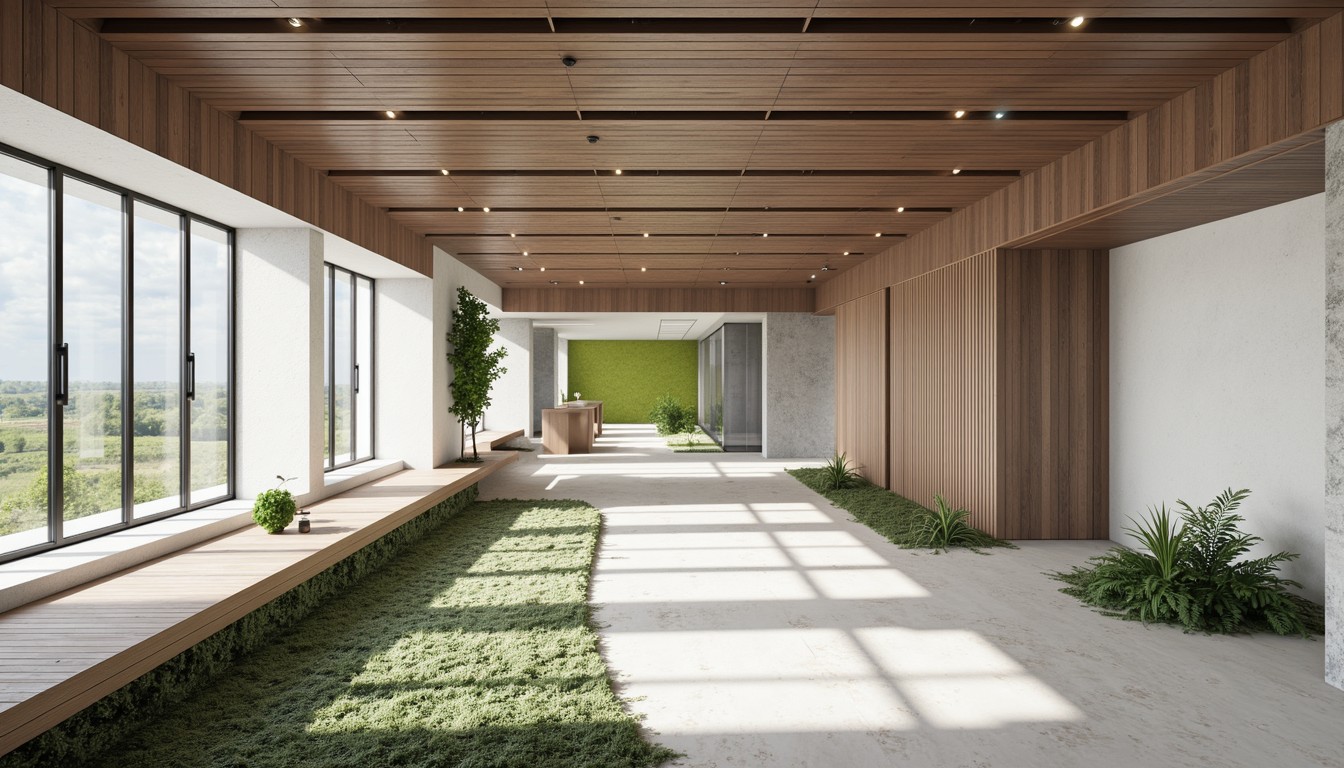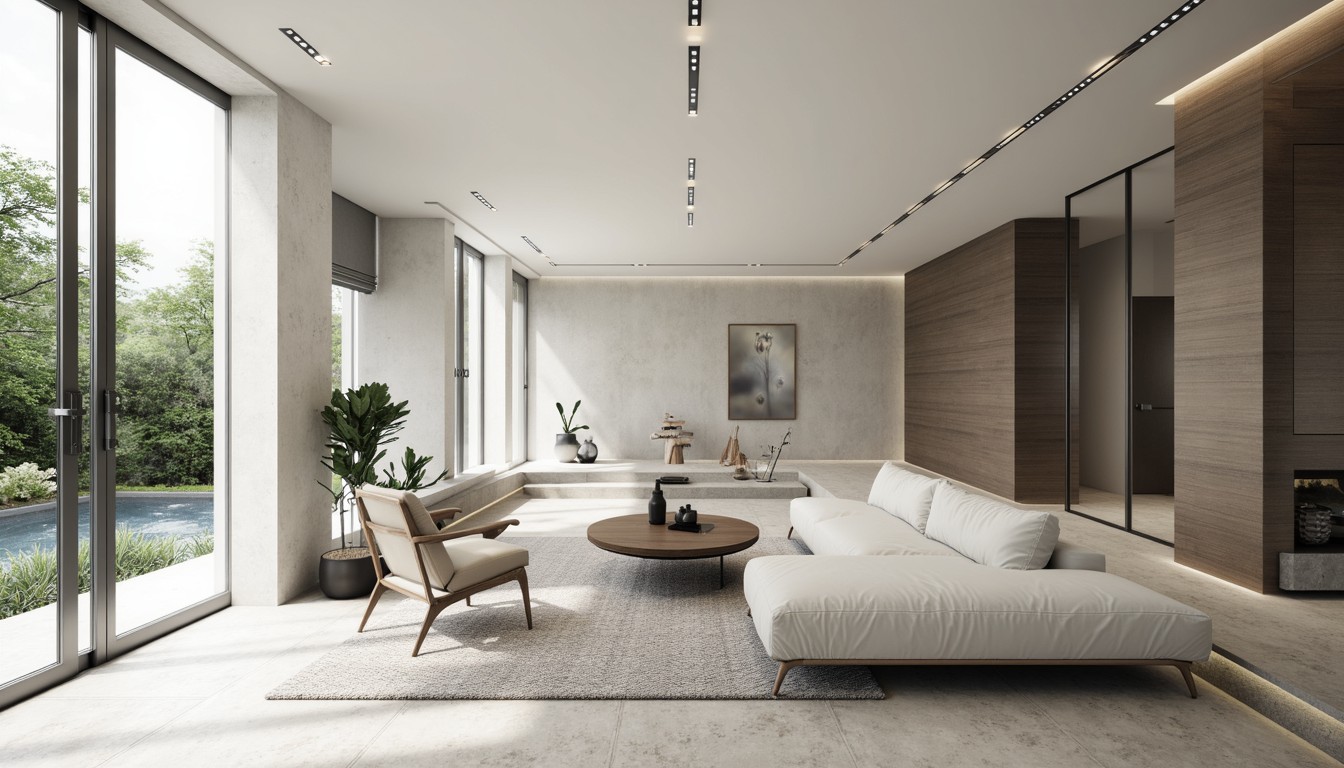Sustainable Architecture: Green Building Technologies & Design
The built environment significantly impacts our planet. As architects and designers, we have a responsibility to minimize this impact and create structures that are not only aesthetically pleasing but also environmentally responsible. This is where sustainable architecture and green building technologies come into play. ArchNav, a leader in architectural visualization, is committed to showcasing and promoting these innovative approaches to building design.
What is Sustainable Architecture?

Sustainable architecture, also known as green building, encompasses a holistic approach to design and construction. It prioritizes energy efficiency, resource conservation, and the reduction of environmental impact throughout a building's lifecycle – from initial design and material sourcing to construction, operation, and eventual demolition or deconstruction. This involves considering the entire ecosystem, including the surrounding environment and its inhabitants.
Key Green Building Technologies and Strategies

1. Passive Design Strategies: Harnessing Natural Resources
Passive design utilizes the natural environment to minimize energy consumption. This includes:
- Optimal Site Selection and Orientation: Choosing a location with favorable sun exposure, wind patterns, and shading opportunities can significantly reduce heating and cooling loads.
- Natural Ventilation: Designing buildings to maximize natural airflow reduces reliance on mechanical ventilation systems.
- Daylighting: Utilizing natural light reduces the need for artificial lighting, saving energy and improving occupant well-being.
- Thermal Mass: Incorporating materials with high thermal mass, such as concrete or brick, helps regulate indoor temperatures by absorbing and releasing heat.
2. Active Design Strategies: Enhancing Efficiency
Active design strategies involve the use of technology to improve energy efficiency and sustainability. These include:
- High-Performance Building Envelopes: Utilizing advanced insulation materials, high-performance windows, and airtight construction minimizes heat transfer and reduces energy loss.
- Renewable Energy Sources: Integrating solar panels, wind turbines, or geothermal energy systems generates clean energy on-site.
- Energy-Efficient HVAC Systems: Implementing high-efficiency heating, ventilation, and air conditioning (HVAC) systems minimizes energy consumption for climate control.
- Smart Building Technologies: Utilizing building management systems (BMS) to monitor and optimize energy usage in real-time.
3. Sustainable Materials: Reducing Environmental Impact
The selection of construction materials plays a crucial role in sustainable architecture. Prioritizing:
- Recycled and Reclaimed Materials: Using recycled content in construction materials reduces demand for virgin resources.
- Locally Sourced Materials: Minimizes transportation costs and emissions associated with material transport.
- Rapidly Renewable Materials: Utilizing materials like bamboo or straw bales, which grow quickly and require less energy to produce.
- Bio-based Materials: Employing materials derived from renewable biological sources, such as wood or hemp.
4. Water Conservation Strategies: Reducing Water Consumption
Sustainable architecture emphasizes reducing water usage through strategies like:
- Water-Efficient Fixtures: Installing low-flow toilets, showerheads, and faucets.
- Rainwater Harvesting: Collecting rainwater for irrigation or non-potable uses.
- Greywater Recycling: Recycling wastewater from showers and sinks for toilet flushing or irrigation.
Real-World Applications of Green Building Technologies
Numerous buildings worldwide showcase the successful implementation of green building technologies. The Bullitt Center in Seattle, a net-zero energy building, exemplifies a highly sustainable design. Similarly, the Eastgate Centre in Harare, Zimbabwe, utilizes passive design principles to minimize energy consumption in a hot climate. These projects demonstrate that sustainable architecture is not only possible but also highly effective.
ArchNav's Role in Sustainable Architecture

ArchNav plays a vital role in promoting sustainable architecture by providing high-quality architectural visualizations that showcase the beauty and effectiveness of green building designs. Our advanced rendering techniques allow architects and developers to present their sustainable projects to clients and stakeholders in a compelling and informative way. We help bring these innovative designs to life, inspiring the creation of a more sustainable built environment.
Conclusion
Sustainable architecture is no longer a niche concept; it's a necessity. By embracing green building technologies and strategies, we can create buildings that are both environmentally responsible and aesthetically pleasing. ArchNav is dedicated to supporting this transition by providing cutting-edge visualization services that help bring these sustainable visions to fruition. Contact us today to discuss how we can help you visualize your next green building project.
